If you're looking for a low-maintenance and visually appealing plant to keep near your kitchen sink, a sweet potato vine may be just the thing for you. Not only is this plant known for its vibrant foliage, but it is also incredibly easy to grow in water. Follow these simple steps to get started. Step 1: Start by selecting a sweet potato. Look for one that is plump and has a few small sprouts growing from it. Avoid any potatoes that are soft or have signs of rot. Step 2: Cut the potato in half, making sure each half has at least one sprout on it. You can use the other half for cooking or save it for future propagation. Step 3: Fill a glass or jar with water and place the potato half in it, making sure the sprout is facing down towards the water. The water should cover the bottom half of the potato. Step 4: Place the glass in a sunny spot, such as near a window or on a windowsill. Change the water every 1-2 days to prevent bacteria growth. Step 5: In a few weeks, you should start to see roots growing from the bottom of the potato. Once the roots are around 2-3 inches long, you can transplant the potato into a pot with soil and continue to grow it as a houseplant. Alternatively, you can also keep the potato in water and simply change the water every few days to keep it healthy.How to Grow a Sweet Potato Vine in Water
If you've decided to transplant your sweet potato vine into soil, here are some tips to help you care for it and keep it thriving. Light: Sweet potato vines prefer bright, indirect light. Place your plant near a window where it can receive plenty of sunlight, but avoid placing it in direct sunlight as it can burn the leaves. Water: Keep the soil consistently moist but not soggy. Water your plant regularly, but make sure the soil has proper drainage to prevent root rot. Fertilizer: Use a balanced liquid fertilizer once a month during the growing season to promote healthy growth. Pruning: Sweet potato vines can grow quite quickly, so it's important to prune them regularly to keep them in shape. Use clean scissors to trim any dead or yellowing leaves, and pinch off any long stems to encourage bushier growth. Propagation: As mentioned earlier, sweet potato vines can easily be propagated by cutting and rooting a sprouted potato in water. This is a great way to expand your collection or give away plants as gifts.How to Care for a Sweet Potato Vine Plant
Having plants near your kitchen sink is not only aesthetically pleasing but also has many benefits. Some plants can purify the air, add humidity, and even repel insects. Here are 10 of the best plants to keep near your kitchen sink: 1. Herbs: Plants like basil, mint, and rosemary not only add a fresh scent to your kitchen but are also great for cooking. 2. Aloe Vera: This succulent plant is known for its healing properties and can also help purify the air in your kitchen. 3. Spider Plant: This low-maintenance plant is great for beginners and is known for removing toxins from the air. 4. Orchids: These elegant flowers thrive in the humid environment of a kitchen and can add a touch of color to your space. 5. English Ivy: This plant is great for hanging near your sink and can help purify the air and absorb pollutants. 6. Snake Plant: Also known as "Mother-in-Law's Tongue," this plant is nearly impossible to kill and is great for removing toxins from the air. 7. Peace Lily: This plant is great for adding humidity to your kitchen and can also help filter out harmful chemicals. 8. Jade Plant: This succulent not only adds a pop of green to your space but is also known to bring good luck and prosperity. 9. Pothos: This trailing plant is perfect for hanging near your sink and can help purify the air and reduce humidity. 10. Chinese Evergreen: This plant is known for its air-purifying abilities and can thrive in low light conditions, making it perfect for a kitchen with limited natural light.10 Best Plants to Grow Near Your Kitchen Sink
As mentioned earlier, sweet potato vines can easily be propagated from cuttings. Here's a step-by-step guide to help you propagate your own sweet potato vine: Step 1: Start by selecting a healthy stem from your existing plant. Look for a stem that is around 6 inches long and has a few leaves on it. Step 2: Use clean scissors to cut the stem just below a node, which is where the leaves meet the stem. Step 3: Remove any leaves from the bottom half of the stem, leaving a few leaves at the top for photosynthesis. Step 4: Place the stem in a jar of water, making sure the bottom half is submerged. You can also add a few drops of rooting hormone to help stimulate root growth. Step 5: Place the jar in a sunny spot and change the water every few days to prevent bacteria growth. Step 6: In a few weeks, you should start to see roots growing from the bottom of the stem. Once the roots are around 2-3 inches long, you can transplant the cutting into a pot with soil and continue to care for it as you would a mature plant.How to Propagate a Sweet Potato Vine
Sweet potato vines are not only great for their easy care and growth, but they also make beautiful and versatile houseplants. Here are some ideas on how you can use sweet potato vine to decorate your home: 1. Hanging Plant: As mentioned earlier, sweet potato vines can grow quite long and make perfect hanging plants. Choose a decorative pot or basket and let the vines trail down for a striking display. 2. Climbing Plant: If you have a trellis or a support structure, you can train your sweet potato vine to climb and create a lush and green accent in your home. 3. Mixed Container: Sweet potato vines make great companions for other plants in a mixed container. Choose plants with contrasting colors and textures to create an eye-catching display. 4. Terrarium Plant: Sweet potato vines can also thrive in a terrarium, adding a touch of greenery and texture to your miniature garden. 5. Topiary: With a bit of patience and pruning, you can train your sweet potato vine into a topiary and create a unique and beautiful focal point in your home.How to Use Sweet Potato Vine as a Decorative Houseplant
To ensure your sweet potato vine stays healthy and continues to grow, here are some tips to keep in mind: 1. Proper Lighting: As mentioned earlier, sweet potato vines prefer bright, indirect light. Make sure to place your plant in a spot where it can receive plenty of sunlight, but avoid placing it in direct sunlight as it can burn the leaves. 2. Adequate Watering: Keep the soil consistently moist but not soggy. Water your plant regularly, but make sure the soil has proper drainage to prevent root rot. 3. Fertilizing: Use a balanced liquid fertilizer once a month during the growing season to promote healthy growth. 4. Cleaning: Wipe the leaves of your sweet potato vine with a damp cloth every once in a while to remove any dust or debris that may be blocking the plant's ability to absorb sunlight. 5. Pest Control: Inspect your plant regularly for any signs of pests, such as spider mites or mealybugs. If you notice any, treat the plant with an organic insecticidal soap.How to Keep Your Sweet Potato Vine Healthy and Thriving
Aside from the aesthetic appeal, there are many benefits to keeping plants near your kitchen sink: Air Purification: Many plants, including the sweet potato vine, can help purify the air in your home by removing toxins and pollutants. Humidity: Plants release moisture into the air through a process called transpiration, which can help improve the humidity levels in your home. Stress Relief: Studies have shown that having plants in your home can help reduce stress and anxiety levels, making your time in the kitchen more enjoyable. Decorative Element: Plants can add a touch of color and life to your kitchen, making it a more inviting and cozy space. Connection to Nature: Having plants near your kitchen sink can help you feel more connected to nature, even in an urban environment.The Benefits of Having Plants Near Your Kitchen Sink
When deciding where to place your sweet potato vine, keep these factors in mind: Lighting: As mentioned earlier, sweet potato vines prefer bright, indirect light. Make sure to choose a spot that receives plenty of sunlight throughout the day. Space: Sweet potato vines can grow quite large, so make sure to choose a spot that can accommodate its size. If you plan on training it to climb or trail, make sure there is enough room for it to do so. Humidity: Sweet potato vines thrive in a humid environment, so choose a spot that is not too dry, such as near a window or in the kitchen. Temperature: Sweet potato vines prefer warmer temperatures, so make sure the spot you choose is not too drafty or cold.How to Choose the Perfect Spot for Your Sweet Potato Vine
Proper watering and fertilizing are essential for keeping your sweet potato vine healthy and thriving. Here are some tips to keep in mind: Watering: Keep the soil consistently moist but not soggy. Water your plant regularly, but make sure the soil has proper drainage to prevent root rot. Fertilizing: Use a balanced liquid fertilizer once a month during the growing season to promote healthy growth. Be careful not to over-fertilize, as this can cause the plant's leaves to turn yellow.How to Water and Fertilize Your Sweet Potato Vine
To keep your sweet potato vine looking its best, regular pruning and training may be necessary. Here are some tips to help you: Pruning: Use clean scissors to trim any dead or yellowing leaves, and pinch off any long stems to encourage bushier growth. You can also prune any overgrown or unruly vines to keep the plant in shape. Training: If you want your sweet potato vine to climb or trail in a specific direction, you can use ties or supports to train it. Be gentle when handling the vines to avoid damaging them. In conclusion, a sweet potato vine is the perfect plant to keep near your kitchen sink. With its vibrant foliage and easy care, it will not only add beauty to your space but also provide many benefits. Follow these tips and tricks to grow, care for, and use your sweet potato vine as a decorative houseplant. Happy gardening!How to Prune and Train Your Sweet Potato Vine for Optimal Growth
The Benefits of Having a Sweet Potato Vine Near Your Kitchen Sink
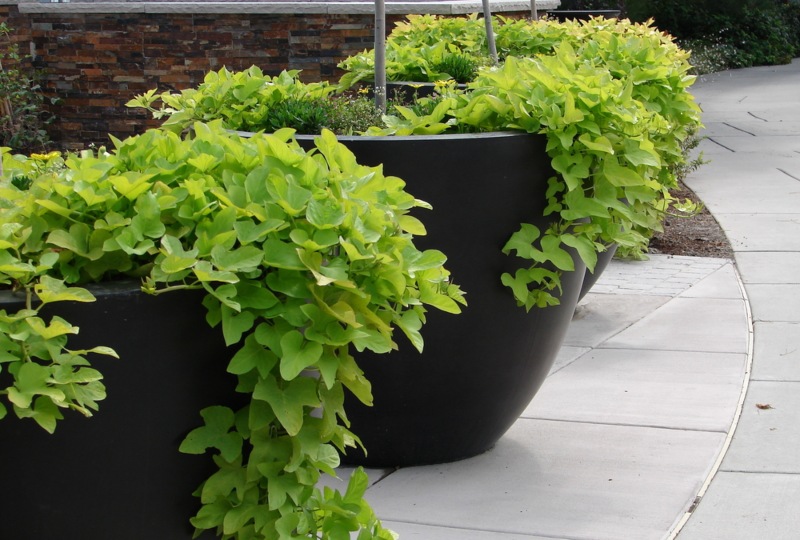
Bring Life and Beauty Into Your Kitchen
 When it comes to house design, the kitchen is often considered the heart of the home. It's where delicious meals are prepared and memories are made. So why not add a touch of nature to this important space?
Sweet potato vines
are a perfect addition to your kitchen, not only for their beauty but also for their practical benefits.
When it comes to house design, the kitchen is often considered the heart of the home. It's where delicious meals are prepared and memories are made. So why not add a touch of nature to this important space?
Sweet potato vines
are a perfect addition to your kitchen, not only for their beauty but also for their practical benefits.
Easy to Maintain
:max_bytes(150000):strip_icc()/thespruce.com-sweet-potato-vines-4120149-2-7792bf4c728a4505a727b7b5253f736c.jpg) One of the greatest benefits of having a
sweet potato vine
near your kitchen sink is its low maintenance nature. These plants require minimal care and attention, making them perfect for busy homeowners. They thrive in bright, indirect light and only need to be watered once a week. In fact, they can even survive a few days without water, making them perfect for those who tend to forget to water their plants.
One of the greatest benefits of having a
sweet potato vine
near your kitchen sink is its low maintenance nature. These plants require minimal care and attention, making them perfect for busy homeowners. They thrive in bright, indirect light and only need to be watered once a week. In fact, they can even survive a few days without water, making them perfect for those who tend to forget to water their plants.
Purify the Air
 Did you know that indoor air can be more polluted than outdoor air? This is due to the chemicals and toxins present in household cleaners, cooking fumes, and even the materials used in furniture.
Sweet potato vines
act as natural air purifiers, filtering out harmful substances and releasing clean oxygen into your home. This can improve the overall air quality in your kitchen, making it a healthier and more enjoyable space.
Did you know that indoor air can be more polluted than outdoor air? This is due to the chemicals and toxins present in household cleaners, cooking fumes, and even the materials used in furniture.
Sweet potato vines
act as natural air purifiers, filtering out harmful substances and releasing clean oxygen into your home. This can improve the overall air quality in your kitchen, making it a healthier and more enjoyable space.
Add a Pop of Color
 In addition to their practical benefits,
sweet potato vines
also add a pop of color to your kitchen. With their vibrant green leaves and purple undersides, they can instantly brighten up any space. They also come in a variety of shapes and sizes, allowing you to choose the perfect one to complement your kitchen's design.
In addition to their practical benefits,
sweet potato vines
also add a pop of color to your kitchen. With their vibrant green leaves and purple undersides, they can instantly brighten up any space. They also come in a variety of shapes and sizes, allowing you to choose the perfect one to complement your kitchen's design.
Harvest Your Own Sweet Potatoes
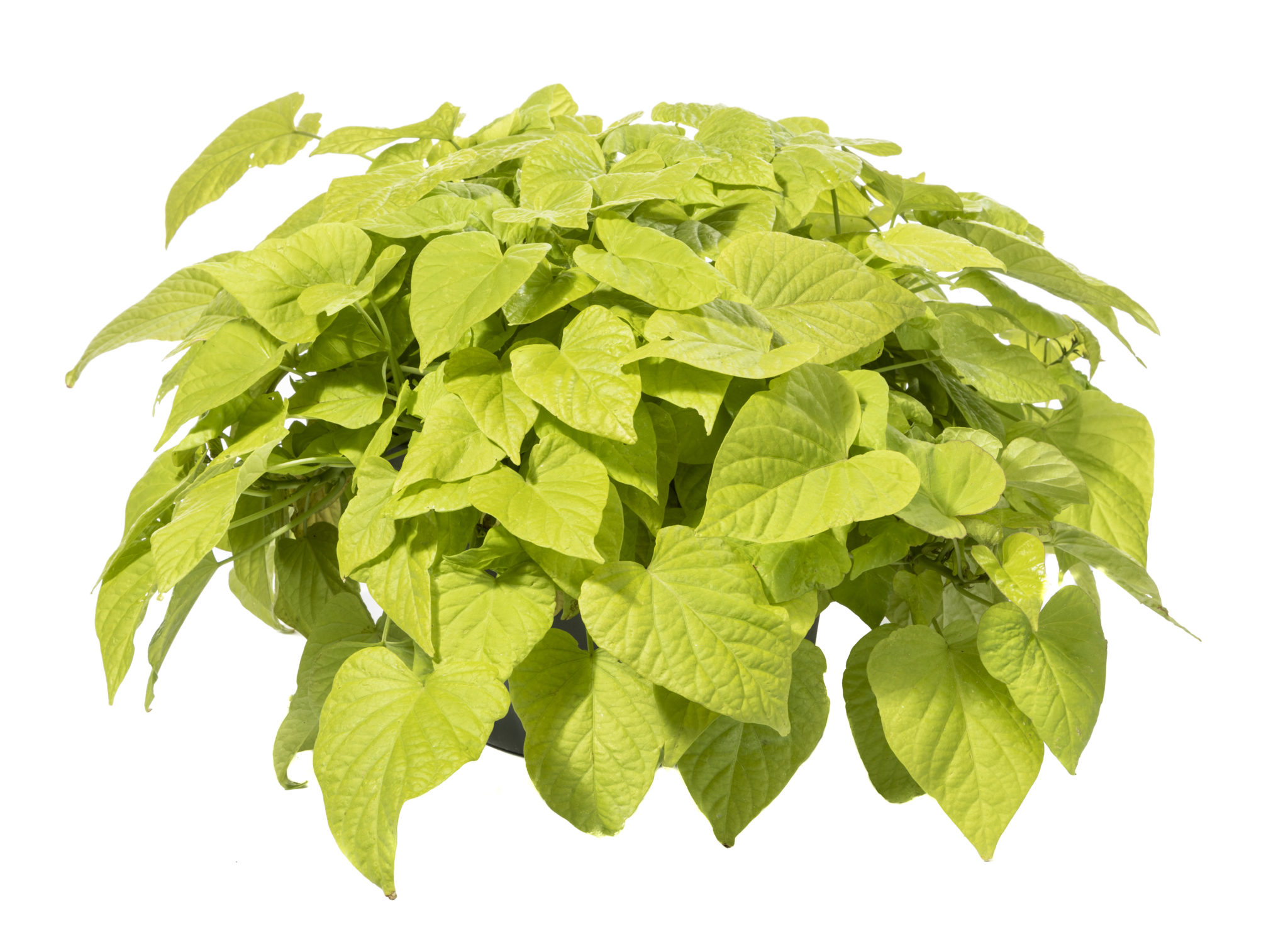 Who doesn't love a homegrown vegetable?
Sweet potato vines
not only produce beautiful leaves, but they also produce sweet potatoes that you can harvest and enjoy in your meals. Simply plant the tuber in a pot and let it grow. You'll have your own fresh and organic sweet potatoes right in your kitchen.
In conclusion, having a
sweet potato vine
near your kitchen sink not only adds a touch of beauty and nature to your space, but also provides practical benefits such as air purification and easy maintenance. So why not consider adding one to your kitchen and reap the benefits of this versatile and charming plant?
Who doesn't love a homegrown vegetable?
Sweet potato vines
not only produce beautiful leaves, but they also produce sweet potatoes that you can harvest and enjoy in your meals. Simply plant the tuber in a pot and let it grow. You'll have your own fresh and organic sweet potatoes right in your kitchen.
In conclusion, having a
sweet potato vine
near your kitchen sink not only adds a touch of beauty and nature to your space, but also provides practical benefits such as air purification and easy maintenance. So why not consider adding one to your kitchen and reap the benefits of this versatile and charming plant?

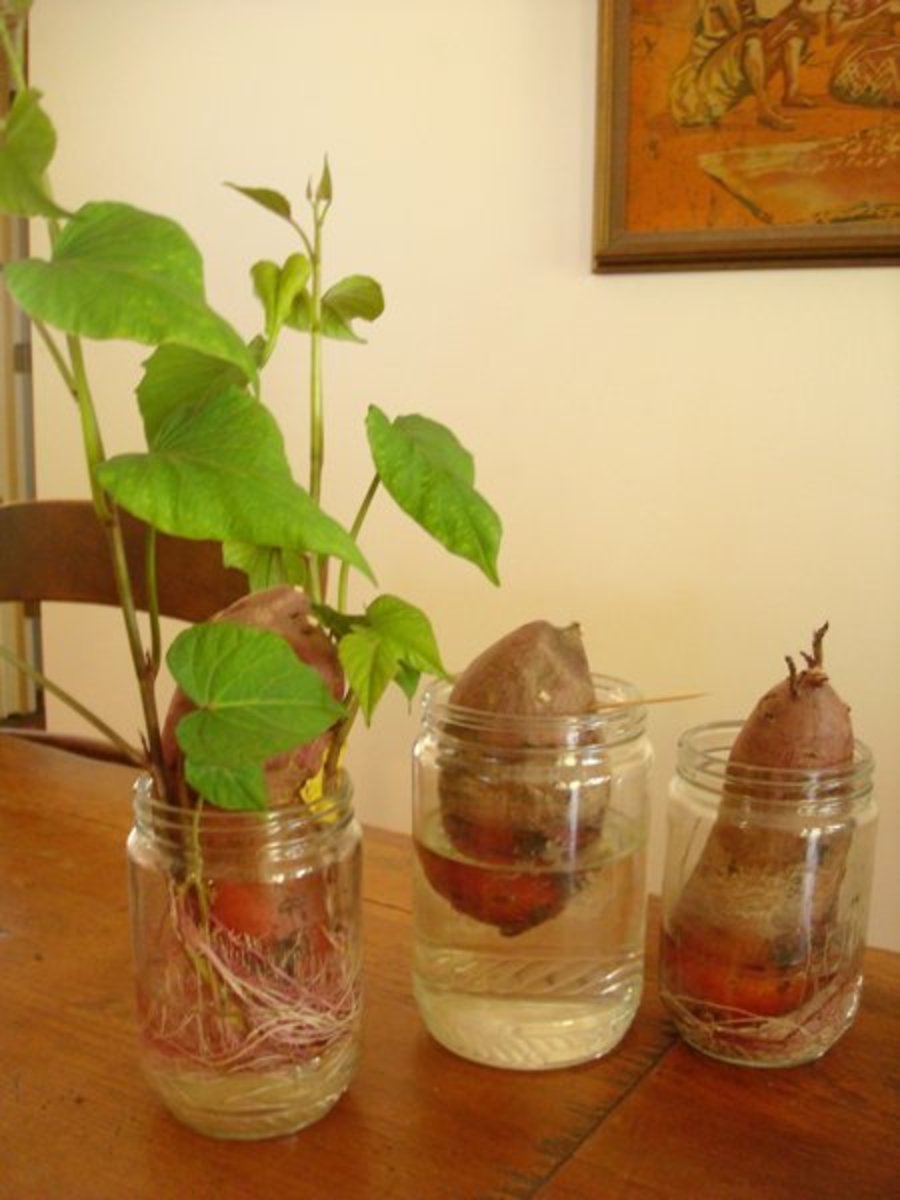



:max_bytes(150000):strip_icc()/sweet-potato-vines-4120149-hero-0cefde8567fd4a1083c094fd4b7aff0c.jpg)

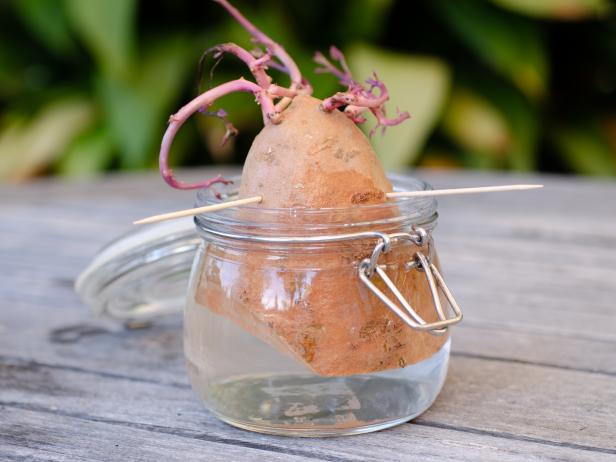



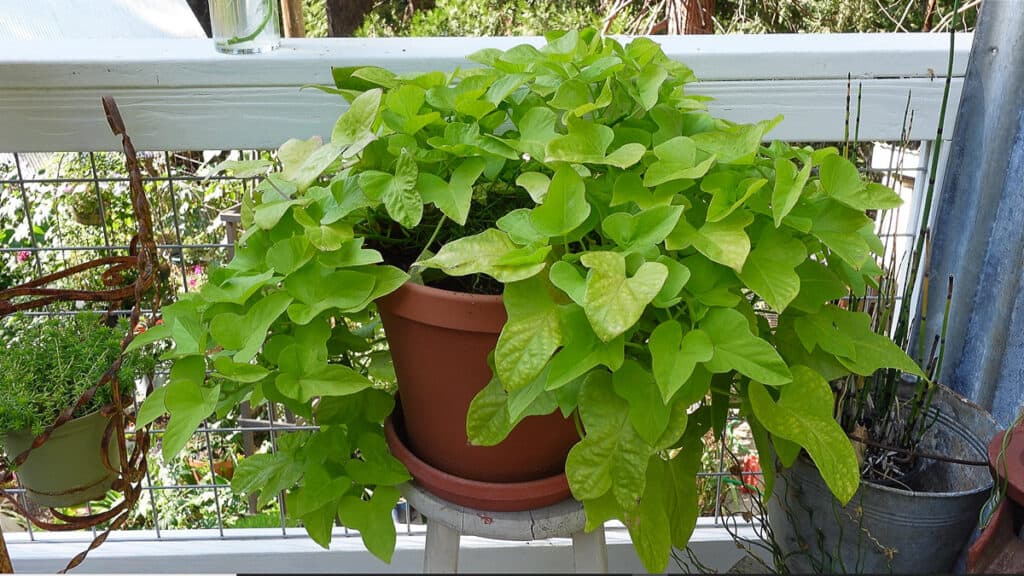






:max_bytes(150000):strip_icc()/thespruce.com-sweet-potato-vines-4120149-2-7792bf4c728a4505a727b7b5253f736c.jpg)












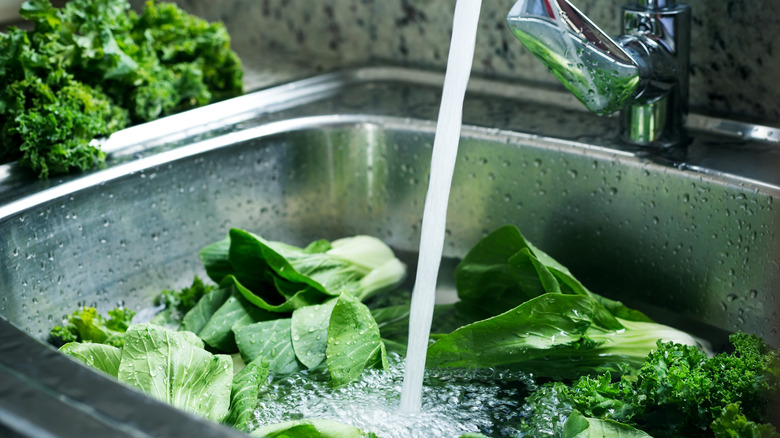













:max_bytes(150000):strip_icc()/2547601_junec_0192-2000-e2997131dc3e44bf9b545dbbaf2fb1df.jpg)


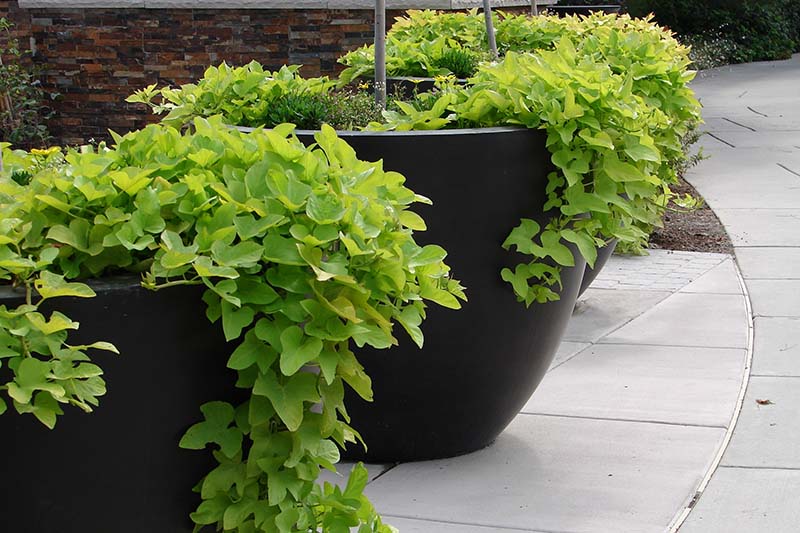
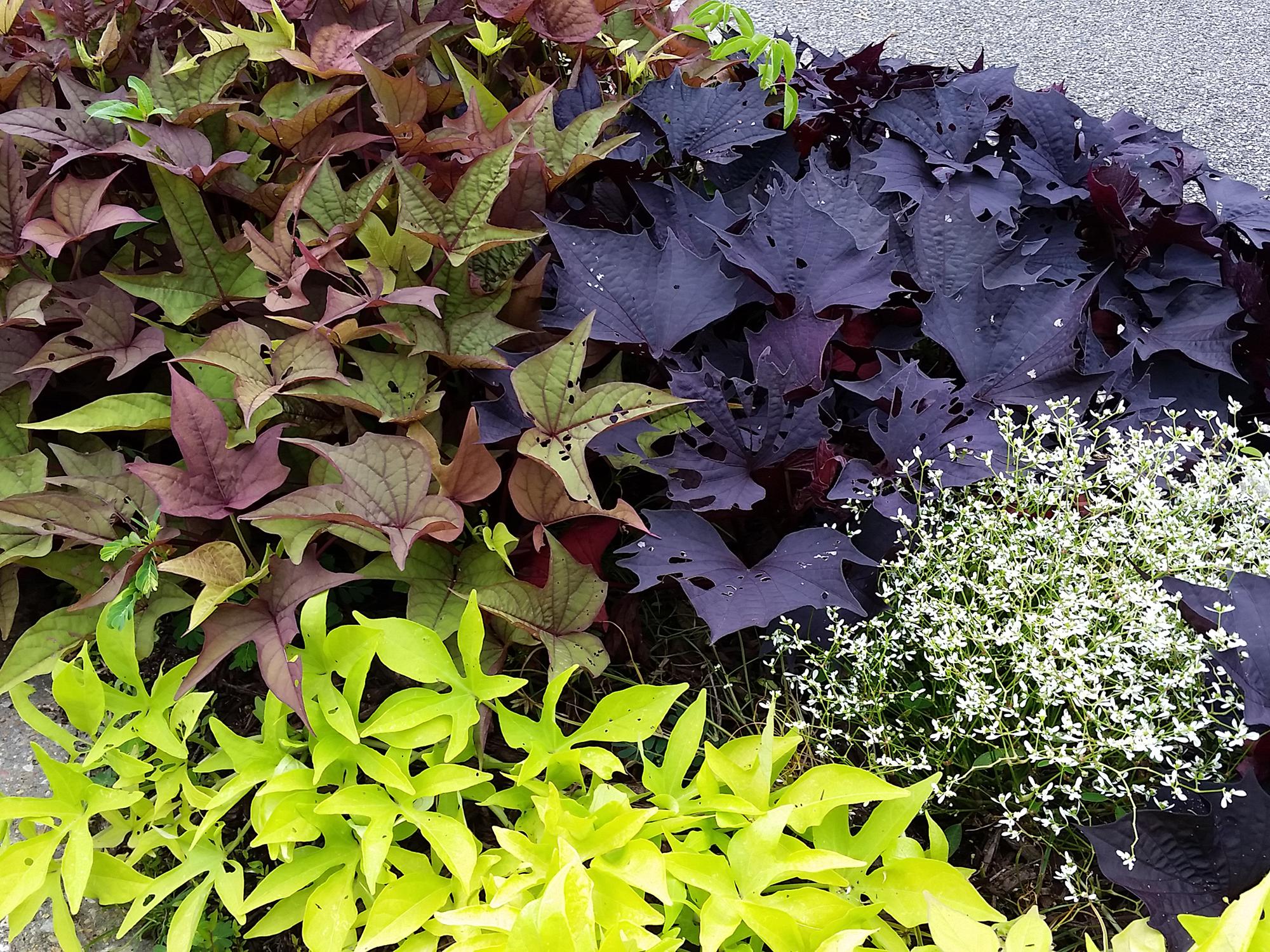
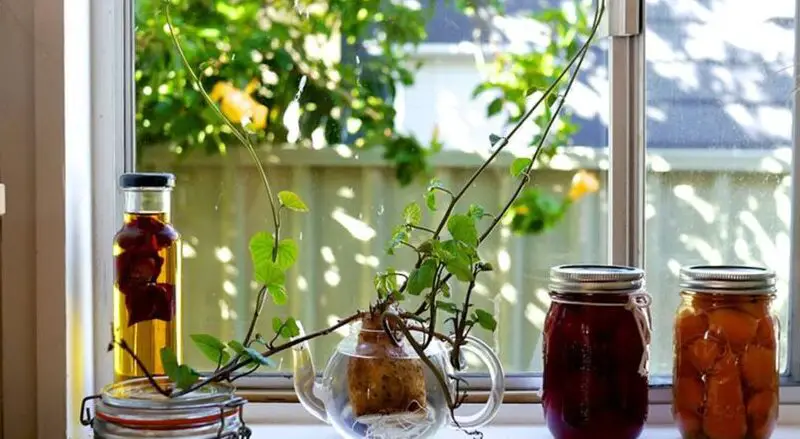






















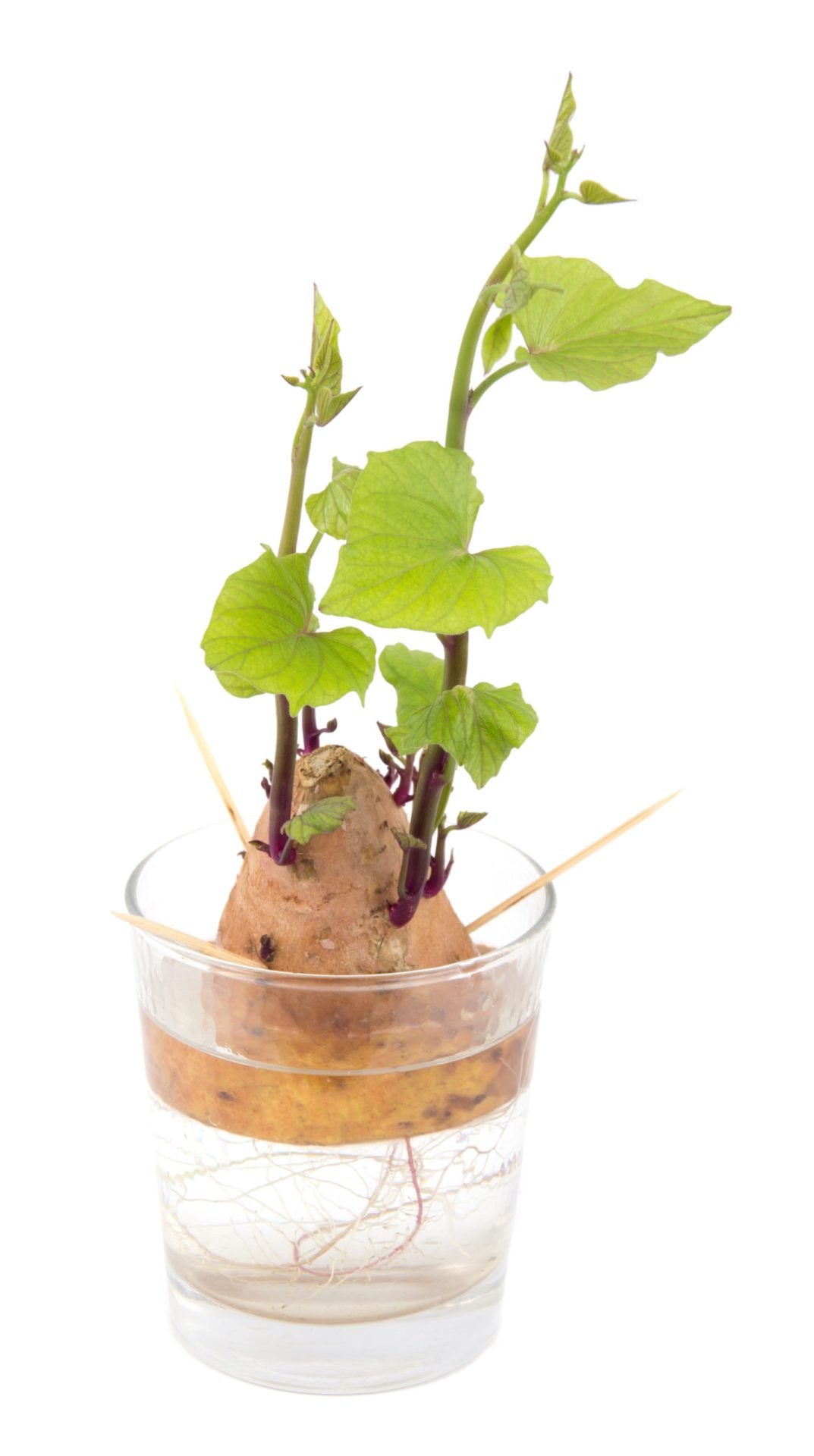
















:max_bytes(150000):strip_icc()/MireXa-1790a1d9eafa4f128f434549ee389c04.jpg)






